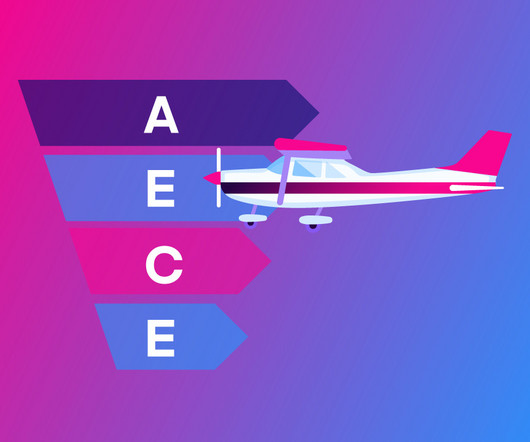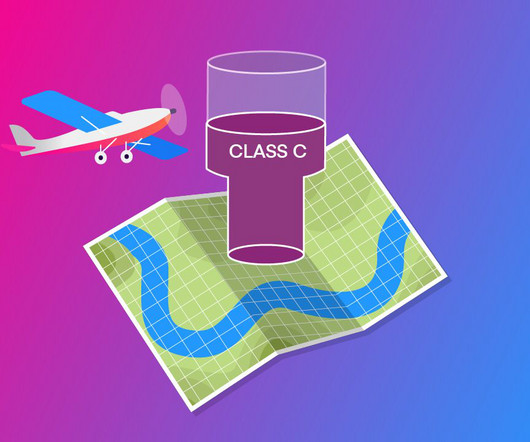Pilot’s Guide to Airspace
Flight Training Central
MARCH 18, 2024
The level of control goes from zero in some areas to considerable control around congested, big city, airports that serve considerable airline traffic. For example, a pilot flying IFR in controlled airspace will have to file an IFR flight plan and receive an ATC clearance. It typically extends to 4,000′ AGL.












Let's personalize your content